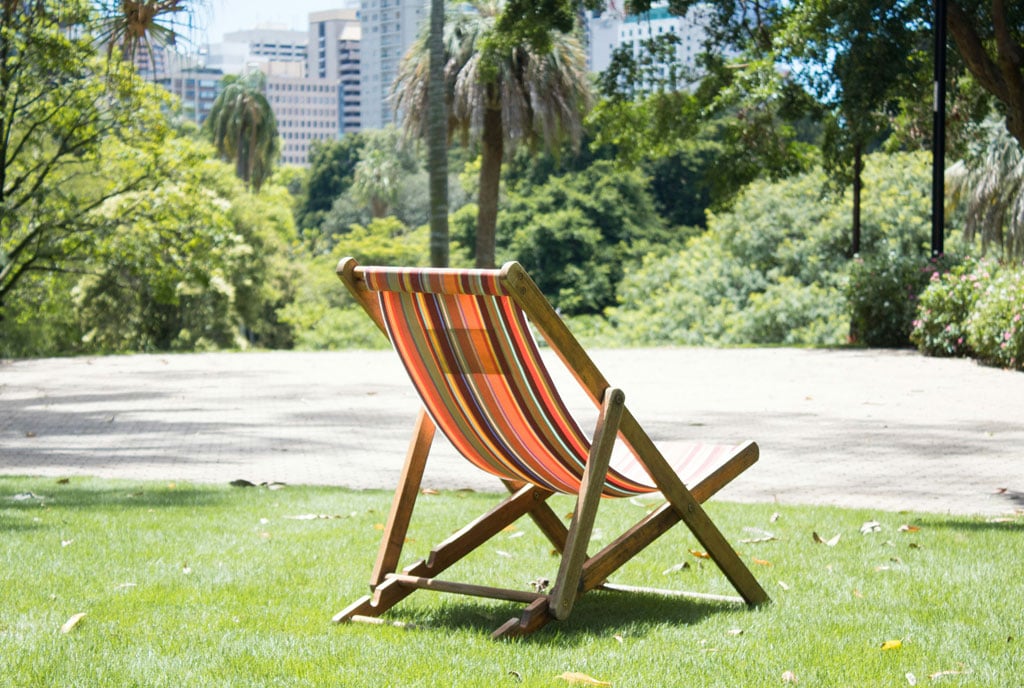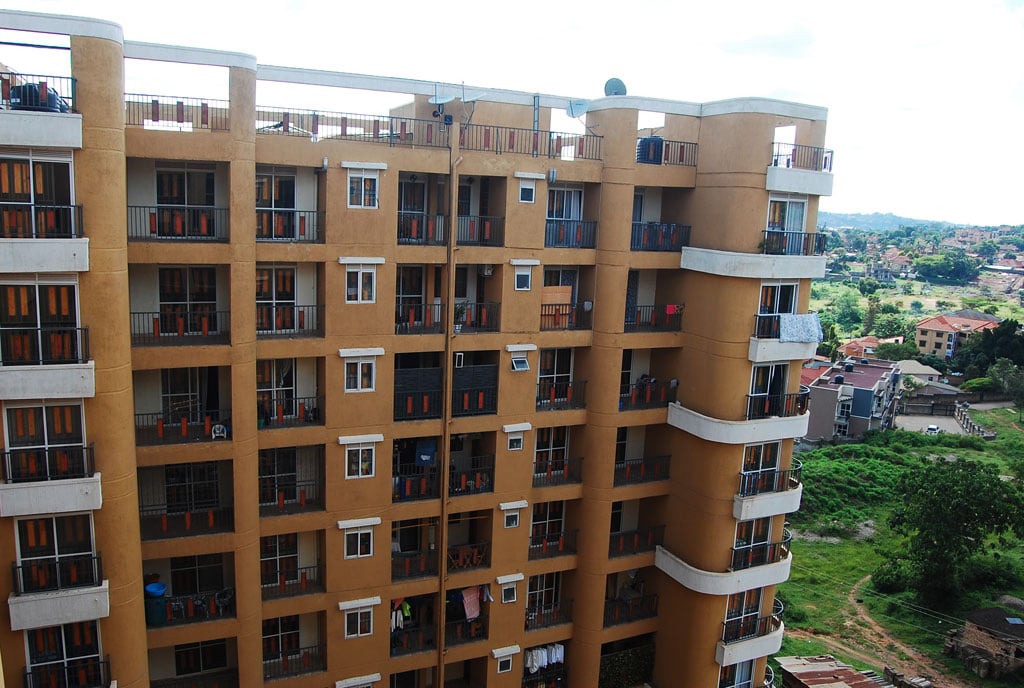Popular plants for natural hedges

A natural hedge is the perfect way to create dimension to your property. PHOTO/COURTESY
What you need to know:
- Even though the growing process can be lengthy, trees are an excellent way to add structure, depth and privacy to your home.
- Natural hedges create an aesthetically pleasing barrier.
It may be about your grand landscaping or simply want some more privacy, hedges are a great feature in any garden. According to Bruno Sserunkuuma, a landscaper at Cheshan Inspired Tropical Landscapes Uganda, besides marking boundaries and providing privacy, hedges also serve as effective wind barriers.
He remarks that you can choose different types of plants to grow as a hedge which can divide spaces, minimise noise and even block strong winds. Here are the commonest plants used as hedges.
Durantas
They are common plants, evergreen and easy to grow. They have beautiful yellow leaves that have a green hue. They are easily trimmed into ornamental shapes. They are fast growing, withstand wind and tolerant to drought.
“Their recommended spacing is 40cm to 60cm in zigzag format. They grow up to 1 m in height. They prefer full sun, well drained soils but can grow in partial shade too though the colour will not be strong or bright. They cost between Shs 300 and Shs1000 on the local market,” Sserunkuuma says.
King’s mantle
They are vibrant evergreen blue flowering shrubs. They grow to 1.8m tall and 1.2m wide. The evergreen long oval leaves make them look pleasant and easy to manage hedges. Their price ranges between Shs 2,000 and Shs 20,000 depending on their size and planter. They enjoy full sun and well drained soils.
Eugenia myrtifolia
This evergreen shrub’s foliage is fine textured, the new growth is an attractive reddish colour. It can easily be shaped into ornamental shapes.
He says, “It is good for hedging, camouflage, and privacy because foliage grows very densely well whatever is behind it. It costs about Shs2,000 when young to Shs40,000 at a two-metre height.
Recommended spacing is from 60cm to 90cm. it grows in full sun to partial shade.”
Landscape uses for Eugenia hedge as a privacy screen edging the property line shade by the patio or porch backdrop for smaller plants camouflage for A/C, pool equipment, etc. along a tall blank wall architectural accent lining a walkway or driveway corner-of-the-house shrub along a fence.
Hibiscus
The evergreen flowering shrub has white, red or pink flowers and is most suitable for hedging according to Ethel Nambowa, a gardener and landscaper at Green Gardens. It requires well drained nutrient rich soils and grows up to three metres tall.

This evergreen flowering shrub is ideal for hedging.
The hibiscus hedge can be grown in full sun or partial shade but cannot withstand strong winds. They can be used as a screening or hedging plant in gardens to provide privacy. It costs from Shs1,000 to Shs 6,000 at two metre height.
Kie Apple
Evergreen, tough drought tolerant shrub, grows on most soil including poor soils. Grows to 9m tall, spacing is 30 cm in zigzag to make a thick impenetrable hedge. It costs Shs500 in the nurseries depending on the size.
It has thorns and this makes it an exterior hedge for security as opposed to inside compound where beauty is the main objective. Kei Apple is planted at a spacing of 1x1ft in a Zig Zag format to make a thick and impenetrable Hedge. The fruits on the shrub are edible but may be outdated according to Nambowa.
Acalypha inferno
Inferno is an appropriate name when describing the foliage of this particular Acalypha. Its truly striking foliage brings hues of red, orange, bronze with dark and mysterious undertones. Even the shapes of the leaves are shaped like flames.
The plant from the South Pacific Islands is ideal for hedging, shrubberies and is also suitable for growing in containers or pots. As with most Acalyphas, Inferno does produce flowers however they are quite insignificant in comparison to the dramatic foliage surrounding them.
“This plant thrives in areas exposed to full sun. The more sun the more vibrant the colour. Acalypha also has a tolerance to drought, wind and salt, making it a suitable choice for the many variations of the Australian climate. Acalypha Inferno is relatively low maintenance; however pruning is encouraged annually. Acalypha Inferno will grow to a height of one metre and width of two metres,” Sserunkuuma says.
Cape leadwort
Also known as a plumbago, this evergreen shrub has long, skinny stems and phlox-like pale blue flowers. It can be used as a shrub, climber, pot plant, or groundcover. It has evergreen; pale blue flowers; barbed fruit capsules.
The plant can be grown indoors or in the garden. Indoors, water freely and fertilize monthly during the growing season. If plants are in pots, move outdoors in summer if desired. In the garden, plumbago likes fertile soil in full sun. If growing on a trellis, tie stems to supports. Protect from strong winds. Recommended spacing is 60cm.
Mexican Heather
Mexican Heather, also known as the false heather, is a small evergreen shrub native to Mexico. It is moderately salt-tolerant, adaptable to various soils with good drainage in full sun and tolerates high summer heat and some drought but grows best with regular moisture.
The small lavender-purple flowers appear singly in the leaf axis along the stem and bloom. The plant tends to grow to two feet tall and wide in a rounded shape with multiple stems and is evergreen in warm climates or indoors. Use as a border plant, along walkways or as a container plant on patios or indoors.
Bougainvillea
This creeper can also be used as a hedge. You can have a mix of the red, pink, white blossoming flowers to bring out the beauty. It is important to note that this creeping plant has thorns and is good even for security purposes.
Ethel Nambowa, a gardener and landscaper at Green Gardens says; “Bougainvillea should be planted on higher ground, not in water-logged areas where water might collect. They grow best when given enough space to spread out, and should be planted in an area where they can receive about six hours of sunlight every day.”

The inferno is popular for it stunning foliage. PHOTO/COURTESY




